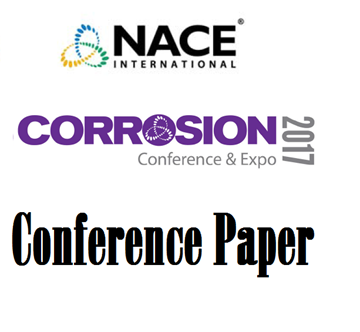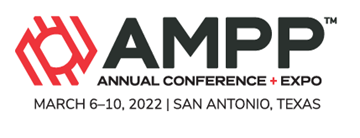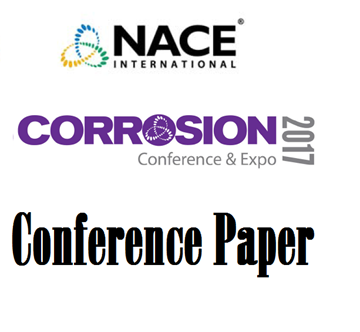Search
Individual Conference Papers
View as
Sort by
Display
per page
Improving the Quality of ECDA Indirect Inspection Data
Product Number:
51317--9038-SG
ISBN:
9038 2017 CP
Publication Date:
2017
$20.00
Impurity Reactions in Gaseous and Liquid CO2 Streams
Product Number:
51324-20788-SG
Publication Date:
2024
$40.00
In Defense of the Monolithic Isolation Joint
Product Number:
51317--8993-SG
ISBN:
8993 2017 CP
Publication Date:
2017
$20.00
In Situ Atomic Force Microscopy Study Of Microstructure Dependent Inhibitor Adsorption Mechanism On Carbon Steel
Product Number:
51322-17739-SG
Publication Date:
2022
$20.00
In situ Electrochemical Evaluation of Pitting Corrosion of Carbon Steel Pipelines Exposed to Slightly Sour Seawater Service
Product Number:
51317--9416-SG
ISBN:
9416 2017 CP
Publication Date:
2017
$20.00
In Situ Electrochemical Testing of Stainless Steel Surfaces
Product Number:
51321-16227-SG
Publication Date:
2021
$20.00
In Zinc We Trust? - Zinc-Free Anti-Corrosive Pigments
Product Number:
41215-906-SG
Publication Date:
2015
$20.00
Incorporating Monte Carlo Analysis into a State-of-the-Art Corrosion Prediction System
Product Number:
51323-18910-SG
Publication Date:
2023
$20.00
Increased Productivity and Time Reduction Through Paperless Paint
Product Number:
51217-030-SG
Publication Date:
2017
$20.00
Increasing Weathering Test Acceleration Through higher Irradiance
Product Number:
41214-873-SG
Publication Date:
2014
$20.00
Independent Research on the Effectiveness of Polyethylene Encasement as a Corrosion Control Coating for Ductile Iron Water and Wastewater Piping
Product Number:
51324-20943-SG
Publication Date:
2024
$40.00
Induction Heating Technique for Cold Weather Pre-Heating and Post-Curing or Liquid Epoxy Coatings on Gas Pipeline Girth Welds
Product Number:
51216-022-SG
Publication Date:
2016
$20.00












